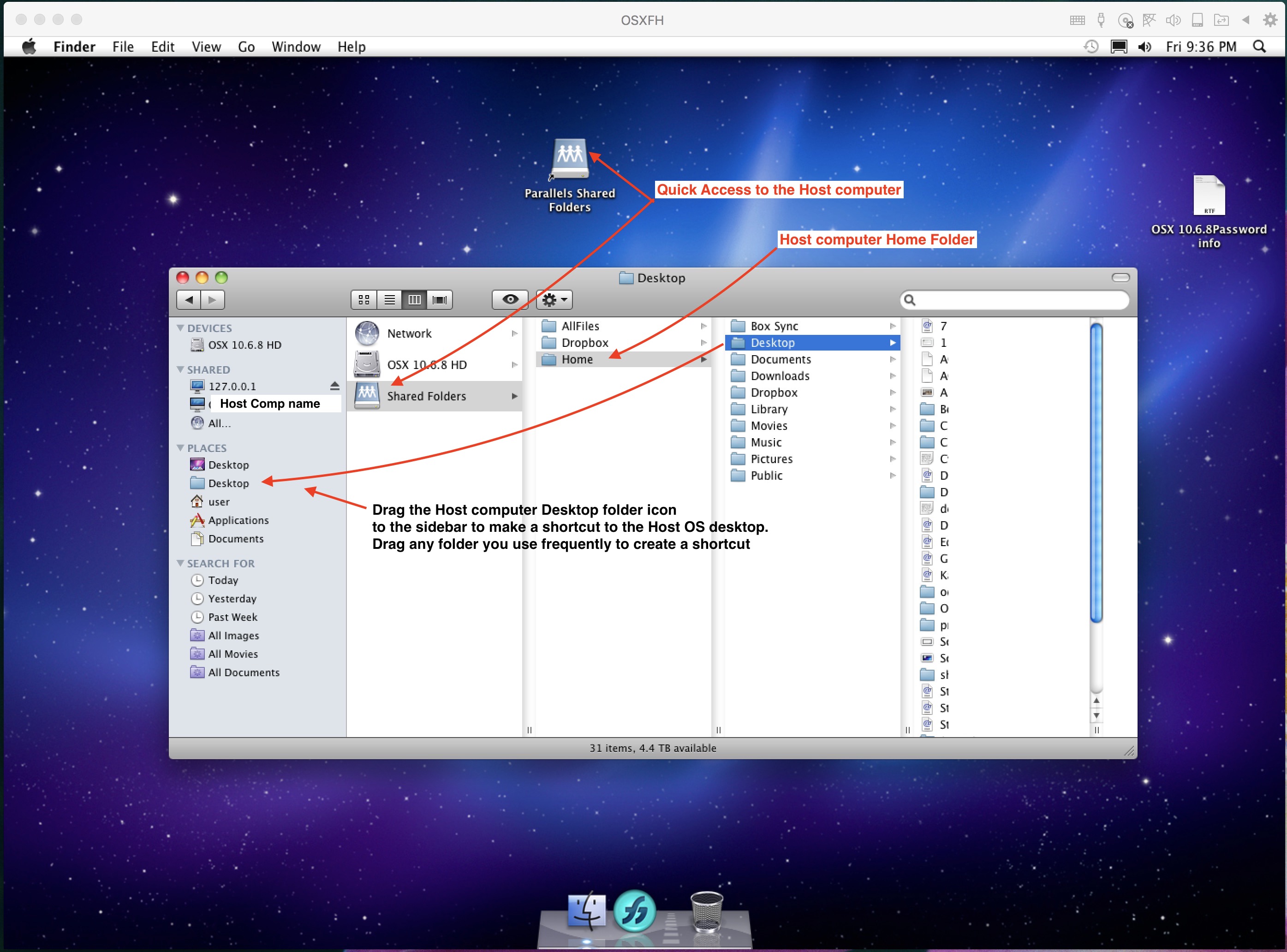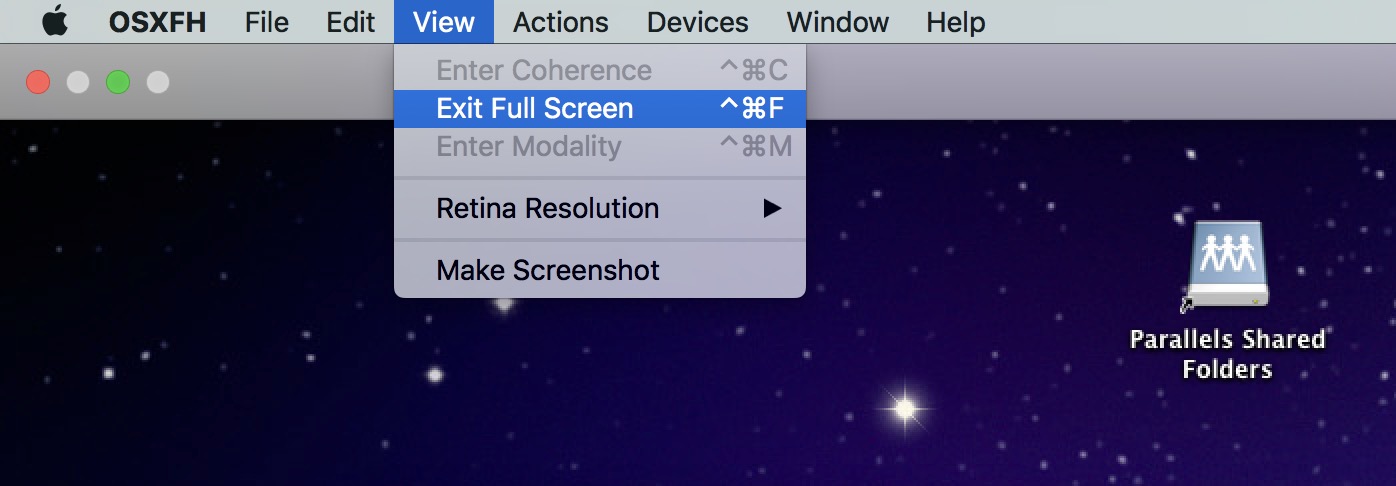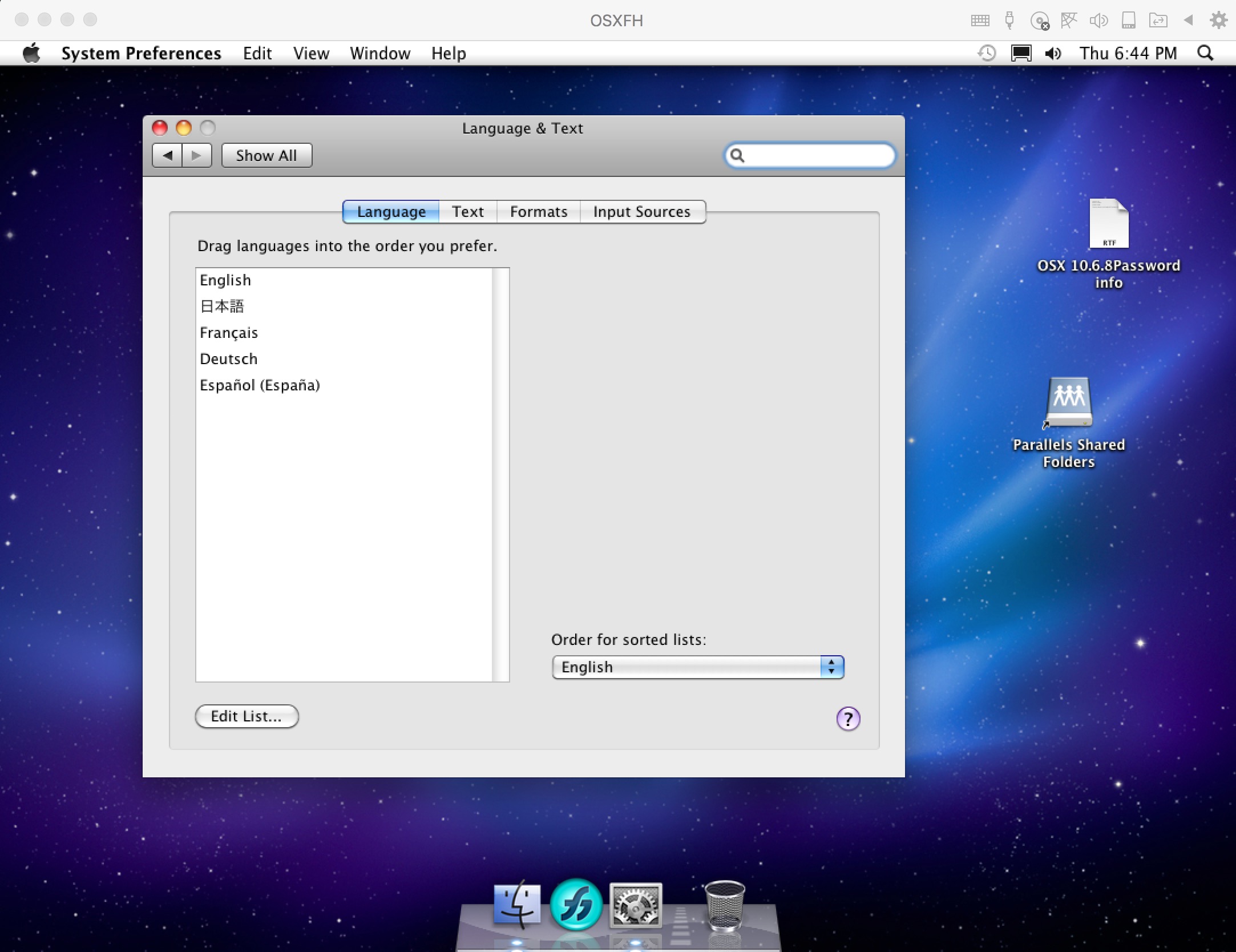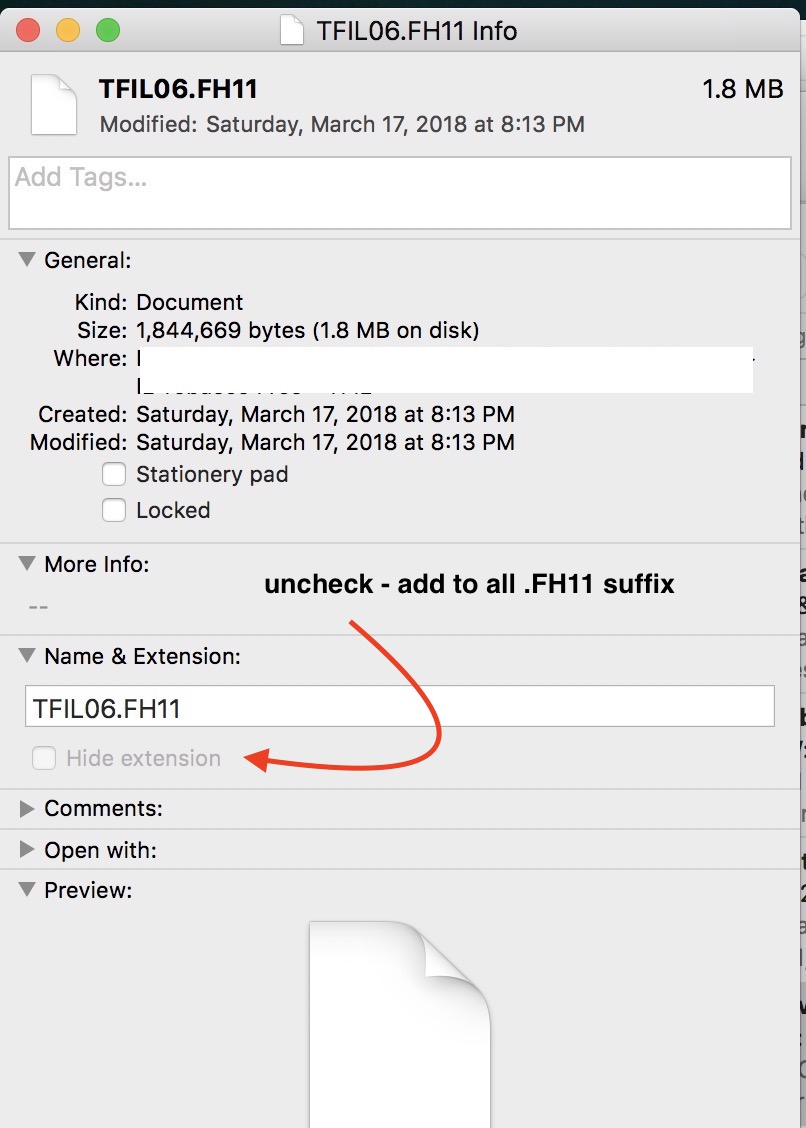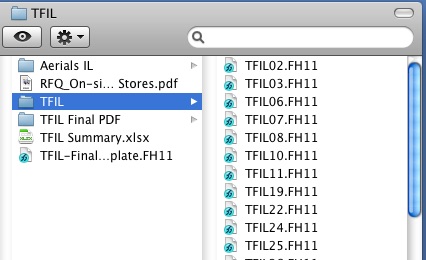Basic Troubleshooting
99% of the problems we encounter have to do with the Parallels software which are easily solved by running / an app within Parallels software called ‘Parallels Tools’. Parallels Tools configures the software that bridges the 2 OSXs, tying the networking, peripherals, processor, RAM etc.. between the Guest and Host.. Parallels Tools runs during the …
